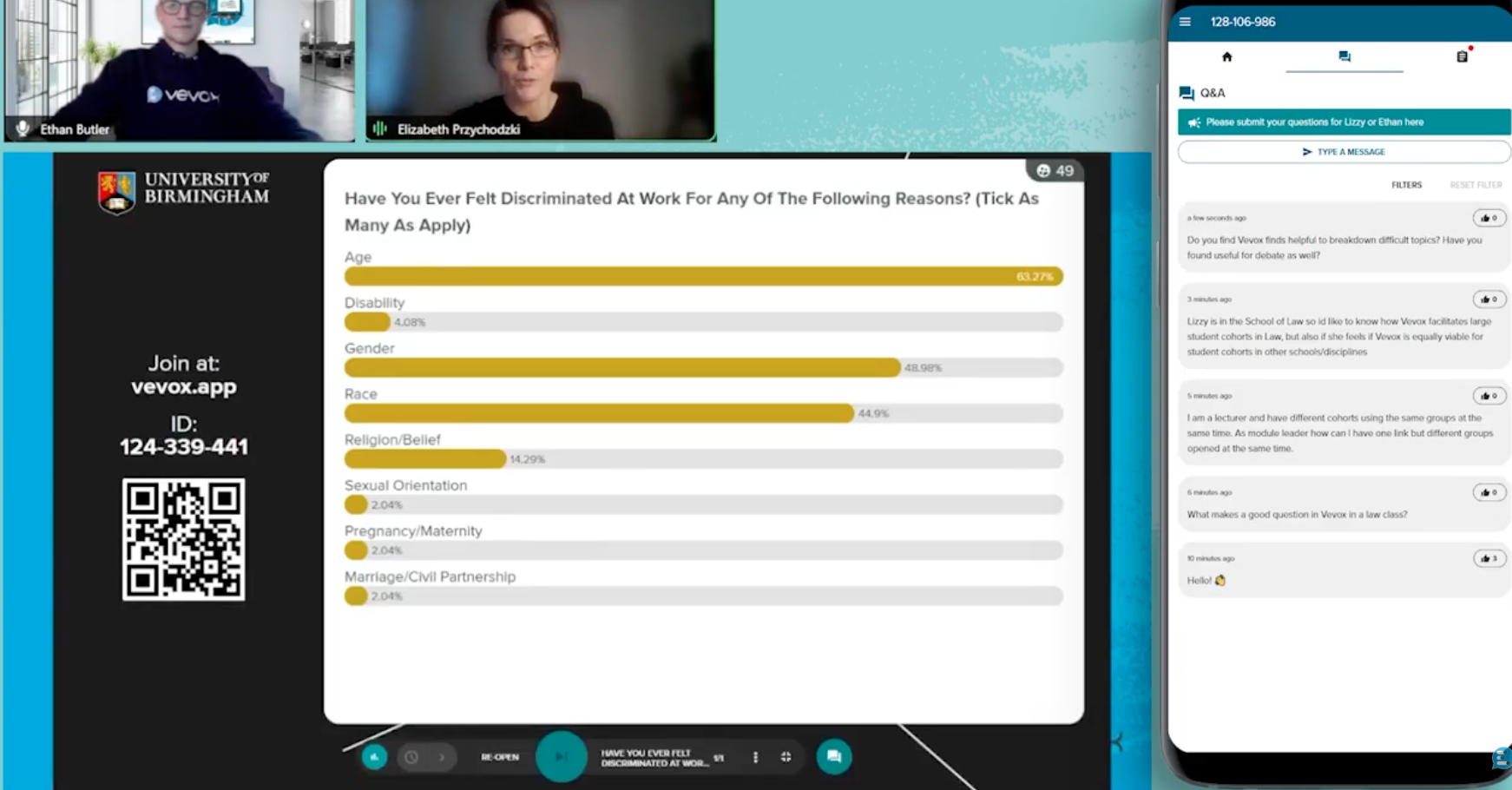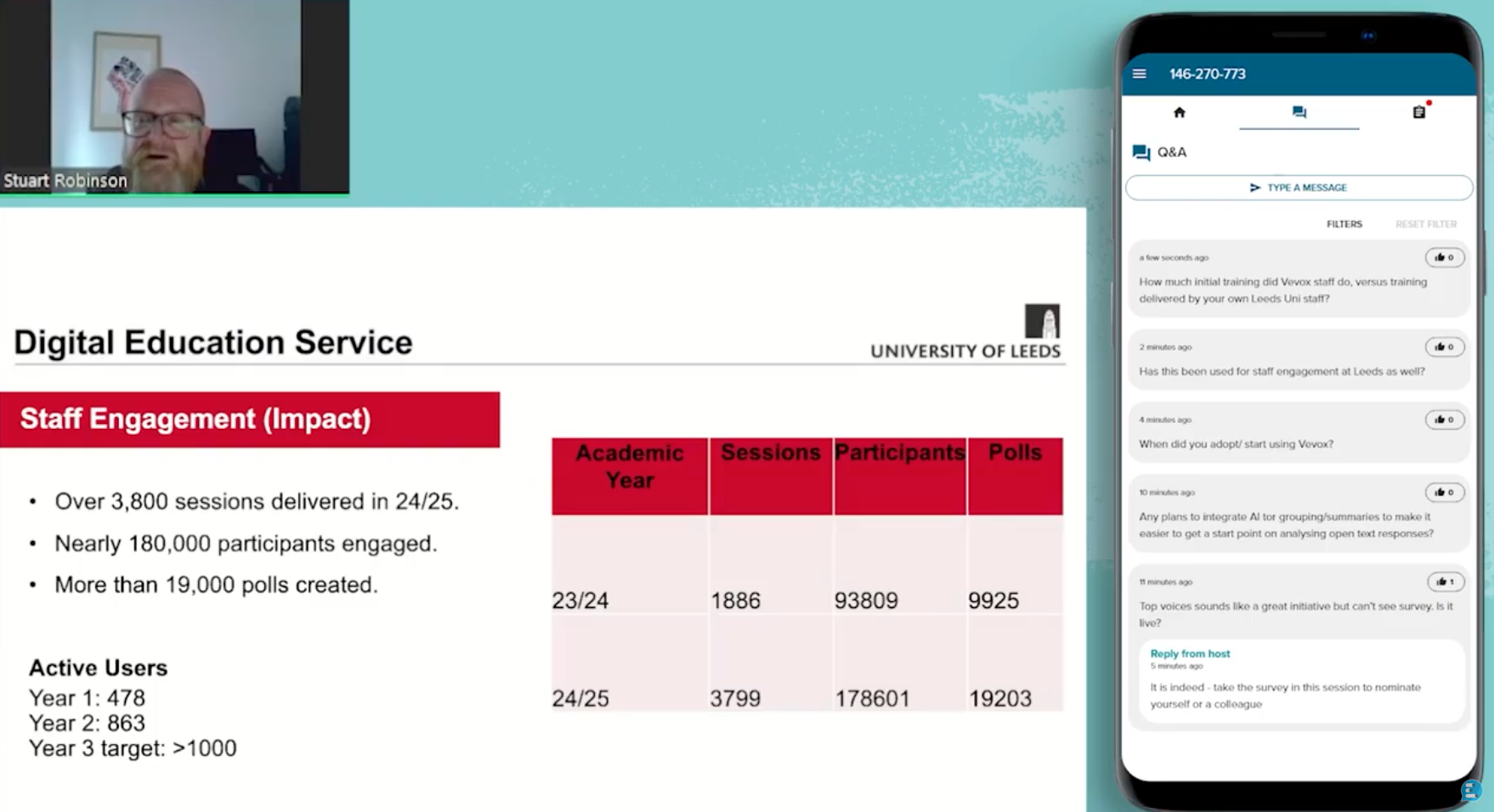The key examples of internal communications
Internal communications are important for any company. It's a way to keep employees informed about what's happening in the workplace, and it helps foster trust and engagement among coworkers. In an ideal world, internal communications would be universally effective but unfortunately, there are some common mistakes that many companies make when trying to engage their employees through internal communications. Your employees are your most valuable asset. You can't succeed without them. And if you want to keep them engaged, motivated and passionate about their job, you need a good internal communication strategy. This article will explore some examples of internal communications and provide tips on how to implement them successfully in your organisation.
1. Change Communications
Change communication is the process of communicating information to employees about changes to their organisation. The purpose of the change communications process is to ensure that your employees are well-informed about what is happening in the business, why it’s happening and how it will affect them. This will help them understand what changes need to be made in order to achieve their goals and objectives. The change communications process can be broken down into three stages:
-
Identifying the change and its implications.
-
Preparing a communications plan outlining the information, methods and timelines.
-
Engaging in change communications by delivering your messages through various channels.
The first stage of the change communications process is to identify the change: this can be a new strategy, a reorganisation of your business or a new initiative that affects employees in some way. Once you have identified the change, it’s important to determine its implications for your organisation and its people so that you can prepare an appropriate communications plan to support the change. The next stage of the change communications process is to prepare a communications plan outlining what information needs to be communicated, how it will be delivered and by when. Good planning will ensure that your message is clear and consistent with no room for misinterpretation. It will also make sure that you have considered all possible reactions from your employees before they happen.
2. Leadership Communications
Leadership communication is not just about the CEO or executive team. It's about getting the right messages to the right people at the right time, making sure everyone in an organisation understands what they need to do, and ensuring that all communications are working effectively together as part of an overall strategy.
This means understanding what needs communicating and how best it should be communicated, as well as understanding where your leadership communications fit into the broader picture of organisational effectiveness. A good leader will seek genuine input from their team, rather than just issuing orders or asking for feedback. This means that leadership communication requires the ability to listen as well as speak effectively. Leadership communication is about building trust from the executive and senior management team right down to middle management and frontline staff. Leadership comms typically involves a focus on the values, culture, mission and overall strategy of a company so a workforce can understand what their organisation stands for. Communicating a shared vision and driving inspiration can help to motivate a workforce and really feel like input is valued. Overall leadership communication has the power to be able to drive honest conversations, transparency, engagement, inspiration, determination and collaboration between departments.
3. Crisis communications
Crisis communications is a vital part of internal communications and can be one of the most challenging areas for companies to manage. A crisis, as defined by the International Association of Business Communicators (IABC), is "a major disruption or unexpected event that has a significant impact on an organisation's ability to achieve its objectives." When something happens that threatens your brand or reputation, you need to know how best to respond so that your customers don't lose faith in what you do or even worse, stop buying from you altogether. To prepare for a crisis situation:
- Identify who will serve as spokesperson(s) during an emergency
- Create a list of all internal stakeholders who may need information about what happened and a working party for communicating a response internally and externally
- Map out various channels through which news of this event might spread externally (e-mail blasts, social media posts and press)
- Establish protocols for issuing press releases regarding any new developments related directly or indirectly related
- Designate a team that will serve as the first responders for communications during an emergency and an initial plan for certain kinds of crisis events
- Create a crisis communications plan that outlines what your company will do in the event of an emergency. This should include such things as establishing a team (or teams) to respond and speak on behalf of the brand, creating a media list and message matrix for spokespeople to reference when talking with the press, and developing social media posts and announcements that can be shared on various platforms that can tackle the crisis
4. Workplace Wellbeing Communications
Employee well-being is an important aspect of internal communications. It includes employee health, mental health, employee engagement, productivity and retention. High-performing organisations have internal communication that engages and motivates employees to be more productive at work. Their leaders are involved in the process because they understand how important it is for their organisation's success. This is why it's important to have a comprehensive internal communications strategy. It ensures that employees are kept informed about what's going on in the organisation, how their work contributes to its goals, and what they can do to contribute more effectively. As well as managing employees effectively to ensure they are supported with work and in their personal lives to deliver the best possible work they can!
Employees are the most important asset of an organisation, as they are the ones who will make or break your business. They can help you achieve your business goals if they are happy and engaged with their work, but if they feel disengaged or unhappy then this could lead to low productivity levels and high staff turnover rates which will ultimately affect profits. That's why communication that opens up conversations about what staff are enjoying at work or not enjoying, or needs help with in general allows you to understand what they are thinking and feeling. Employees should be included in employee engagement by being encouraged to speak up or provide anonymous feedback on projects. This allows everyone from different areas of expertise to share ideas and voice concerns, issues or even opportunities!
Conclusion
It's important to remember that internal communication is all about the people. The best way to ensure success with your internal communication strategy is by keeping it simple and making sure it resonates with your employees. There are many ways that internal communications can help you improve engagement and productivity at work. It's an important part of employee engagement, as well as a valuable tool for leaders who want to communicate effectively with their teams.




